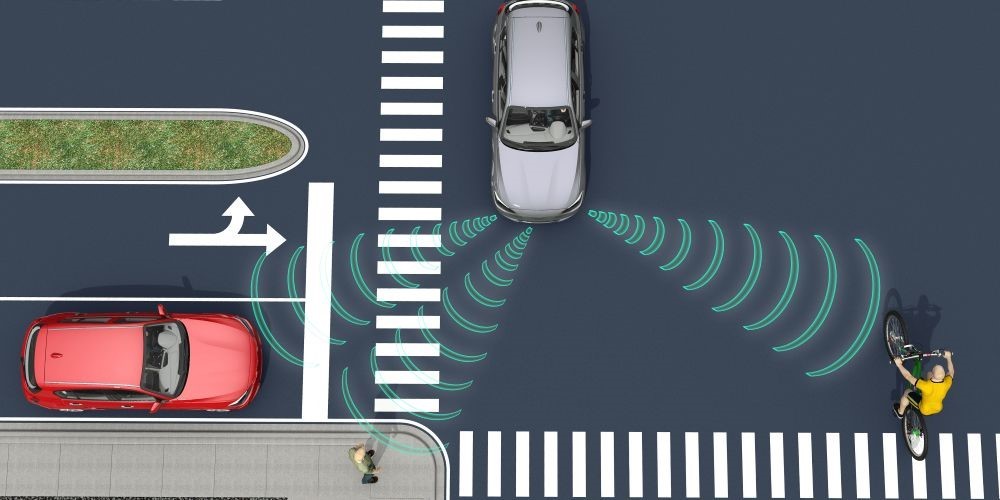
Phone: 954-785-0554
Email: info@go-board.net
Blog
 Understanding the technologies that power self-driving cars
Understanding the technologies that power self-driving cars
Who would have ever thought that self-driving vehicles will roam our highways so quickly? And yet, it is very surprising that most automakers invest a lot of resources into autonomous driving cars, imho. Why? Because very few people will want to purchase a vehicle if they can get a comfy ride from point A to point B anytime they want to, without ever having to bother with car maintenance issues, etc. On the other hand, it is not a surprise that companies such as Uber, who operate successful taxi cab hailing services, are already testing their own self-driving cars on public roads.
So, it looks like automakers want to invest in self-driving cars because they have the potential to bring in a lot of profit. But let's be honest and admit that driverless vehicles are also much safer. Yes, I am aware of the fact that some self-driving cars misbehave, but humans err more often. And the good news is that we can get the best of both worlds by using partially-autonomous vehicles, which may require the intervention of a human driver every now and then, until the cars will learn to navigate any city, regardless of its complexity, on their own.
But what are some of the technologies that power these autonomous cars, in the first place? Here are the most important ones.
1. Software. Without it, cars would move around randomly, hitting other cars and causing a lot of damage. Self-driving cars use advanced machine learning algorithms which analyze the data that's generated by cameras, lidars and other sensors. The software's neural networks are trained in advance, learning how to "react" in case that something goes wrong, based on previous experiences.
The code must be smart enough to plot a safe path for the vehicle by sending commands which control steering, acceleration and braking. As you can probably tell, the algorithms' ability to determine if a certain obstacle is a baby or a fire hydrant is essential, because unlike babies, hydrants can't move.
2. Detailed Maps. Autonomous vehicles can't tackle the real-life traffic in busy cities without having access to highly detailed street maps, which are built using data that's provided by huge self-driving fleets.
3. HD cameras are used to detect a great variety of objects: other vehicles, bicycles, traffic lights, and so on. They can't see too far ahead, though; since they mimic the human eye, they are only able to identify illuminated objects.
4. Lidars are modern radars that utilize several dozens of rotating LEDs which send powerful laser beams. A number of sensors measure how long it took the light to bounce off obstacles and return to the lidar, and the software will build a real-time 3D map that is more accurate in comparison with the one that is made available by a regular GPS. Lidars can't offer as many details as HD cameras, of course, but they will provide enough information to recreate the approximate shapes of the surrounding objects. Companies that manufacture lidars try to achieve the best range/resolution compromise, while keeping prices at a decent level.
5. Ultrasonic sensors can be very useful for detecting close range objects. Most of us are familiar with parking sensors, which will beep when we get too close to other cars, but several driverless car makers use dozens of ultrasound generators to determine the shapes of the objects nearby.
6. Finally, autonomous vehicles make use of plain radars, because they aren't that sensitive to bad weather. Their key advantage is the ability to track moving vehicles and compute their speed.
As you can guess, safety is the main concern when it comes to autonomous cars. Hopefully, we've got all the needed hardware now, and machine learning algorithms should improve a lot, as human-assisted autonomous vehicles drive more and more miles, gathering large amounts of useful data.